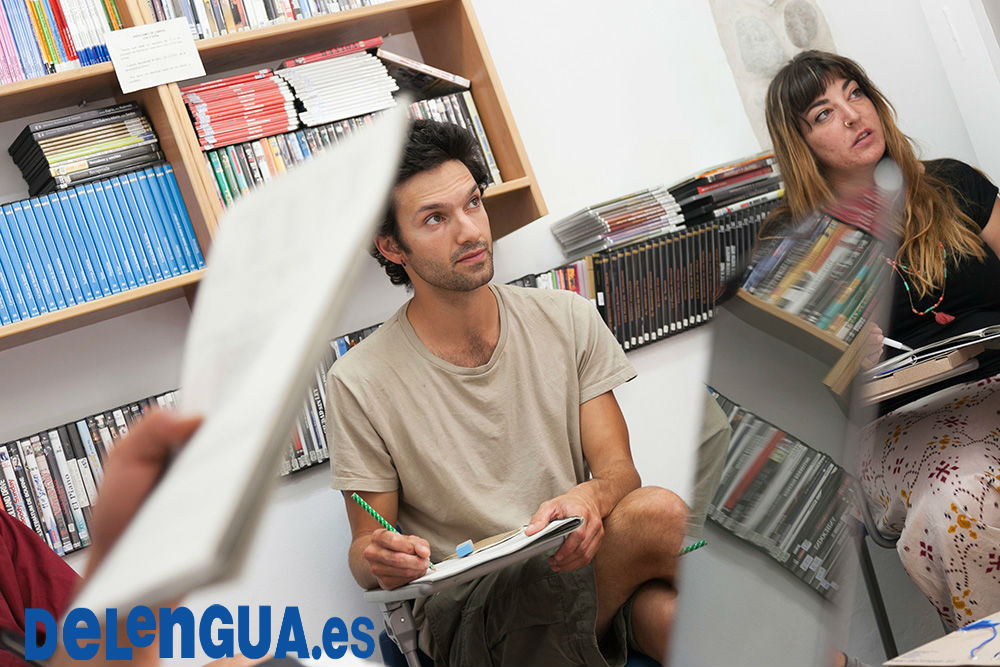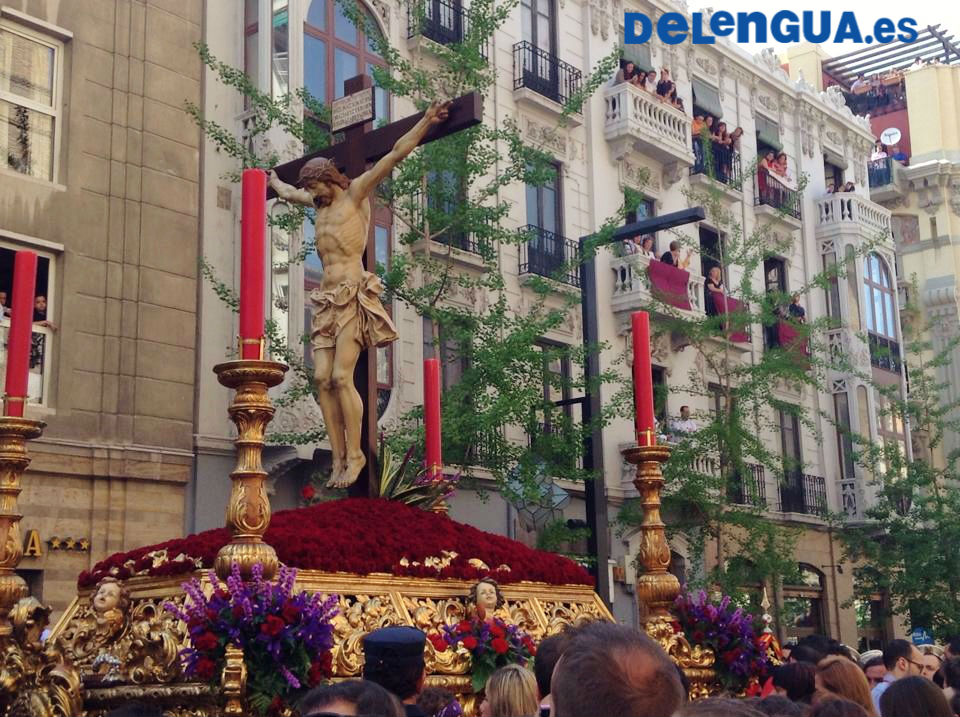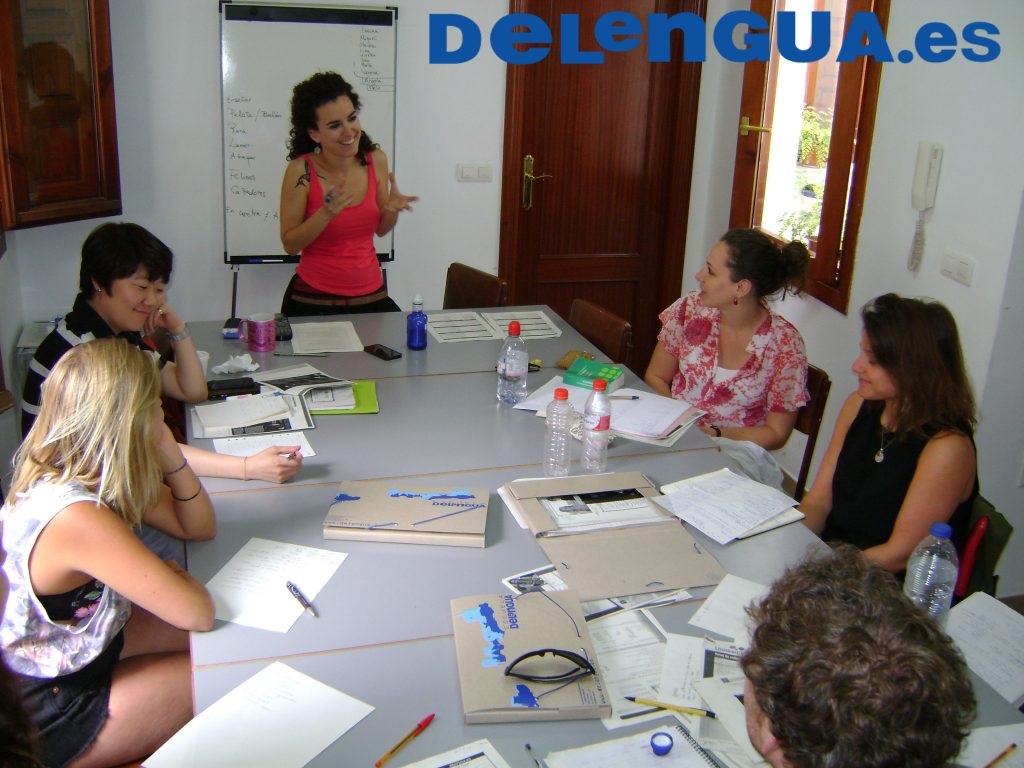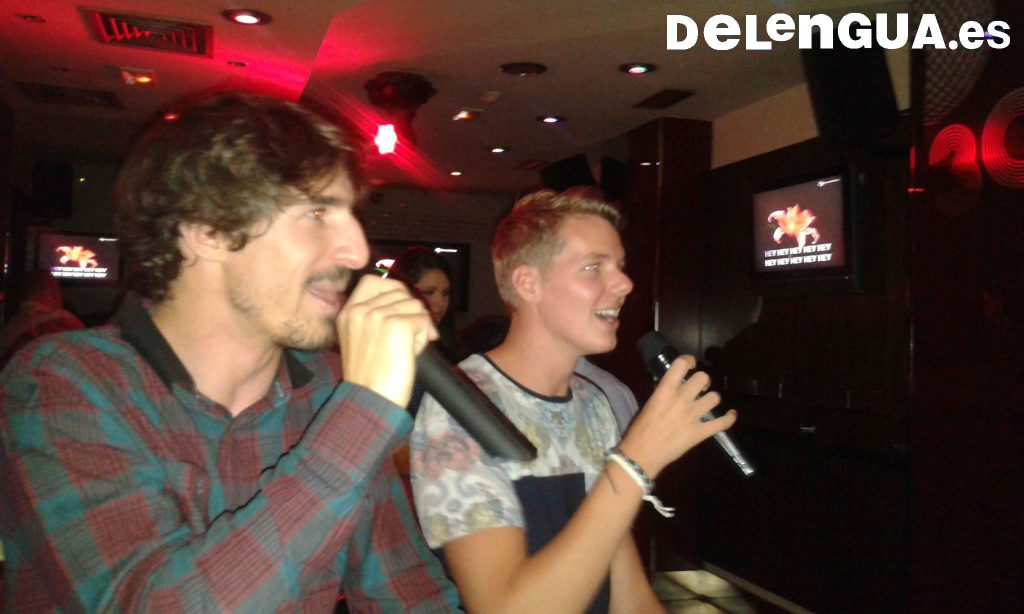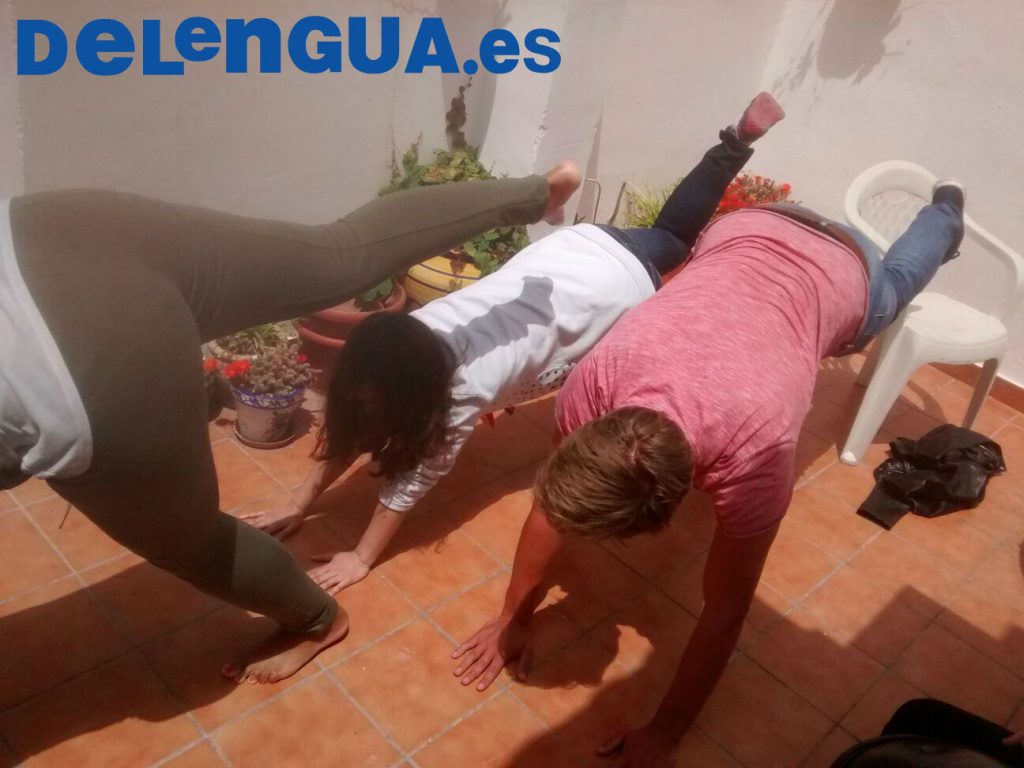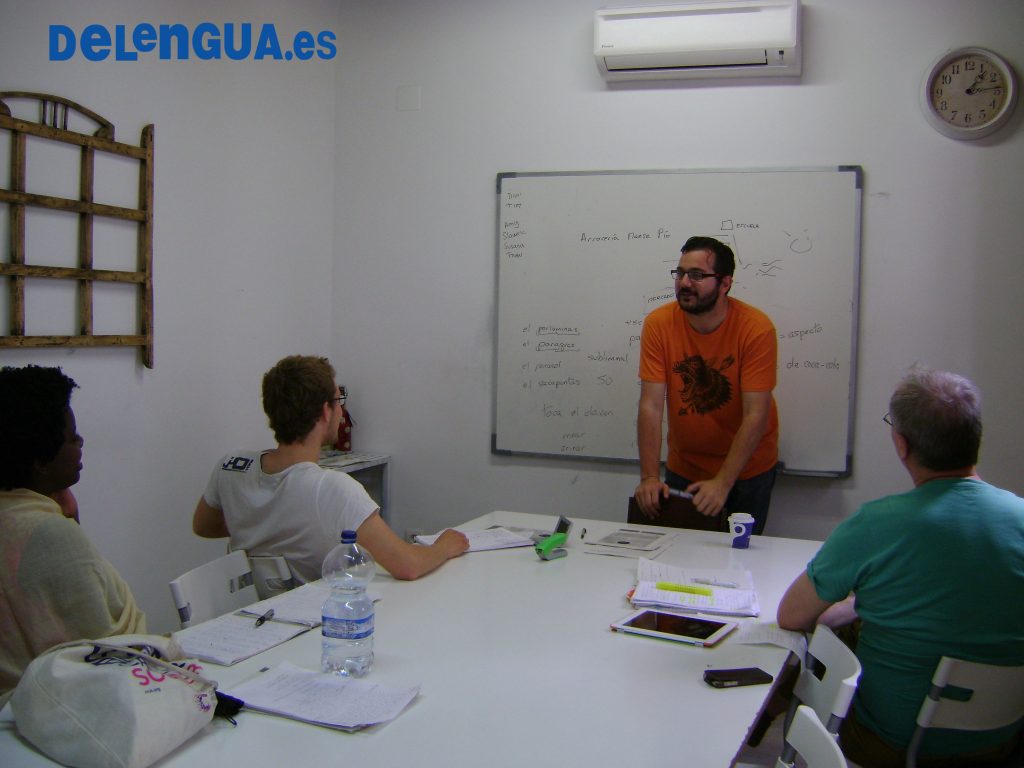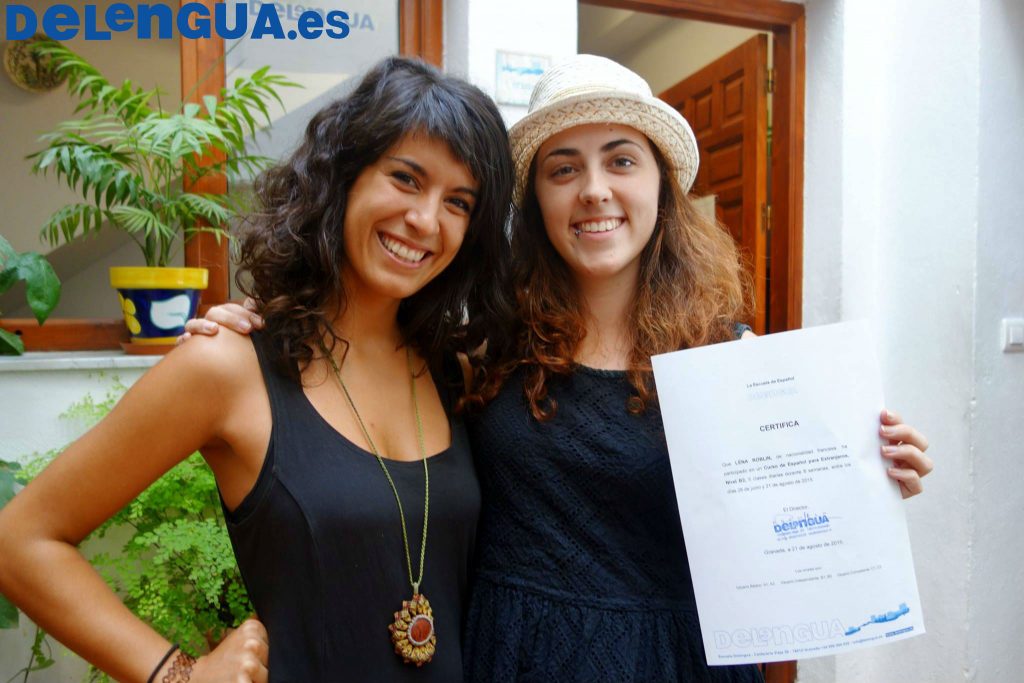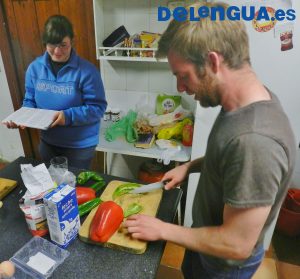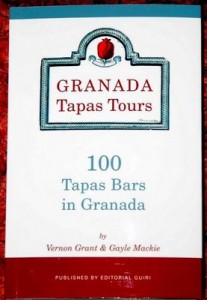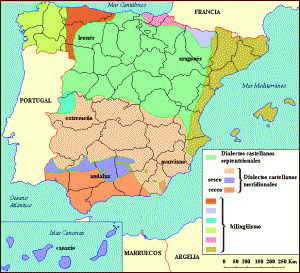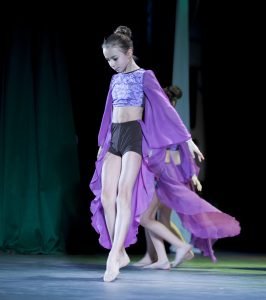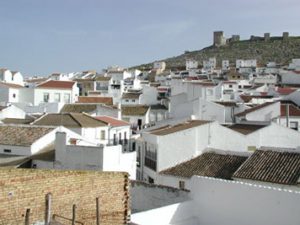| Español | English | |
|---|---|---|
| La Costa del Sol es la región costera de la provincia de Málaga. Es un motor económico de Andalucía y de España por el turismo que se ha desarrollado aquí (la concentración de hoteles es la más grande de toda Andalucía). Los turistas vienen principalmente de Inglaterra, Alemania y Francia.Este crecimiento de la actividad en esta región tiene consecuencias: el desarrollo de las construcciones de hoteles y de residencias. Así los hoteles son tan numerosos que se puede encontrar precios muy bajos para hoteles de 4 estrellas. Muchas personas son alarmistas sobre este desarrollo porque piensan que ha destruido el paisaje de antes, sobre todo en Torremolinos, por ejemplo. Sin embargo la Costa del Sol tiene todavía muchas ventajas y lugares muy bonitos y preservados. La Escuela Delengua ya ha organizado visitas a la Costa del Sol, a la playa de Nerja y a Málaga, por ejemplo, durante las actividades complementarias a los cursos de español. |
The Costa del Sol is the coast region of Malaga’s province. It’s an economic motor for Andalusia and Spain thanks to the big development of the tourism here (it’s the highest concentration of hotels in Andalusia). The tourists mainly come from England, Germany and France.
This expansion of the activity in this region has consequences: The construction development of hotels and residencies. There are so many hotel vacancies that the prices are very low, even for a 4 star hotel. Many people think this development is very dangerous for the region because it has destroyed the former landscapes of the region, above all in Torremolinos. Anyway, the Costa del Sol still has many assets and very charming and preserved places. First of all, the capital of the province, Malaga, is a very cultural city with a lot of museums (Pablo Picasso for example) and events such as ballet, theatre, and concerts. Delengua school organizes activities in the Costa del Sol, complementary to the Spanish courses, in Nerja beach or in Malaga for instance. |
For more information visit our website:
Search
Archives
-
Recent Posts
Tags
activities Alhambra Andalucía Andalusia Aprende español en España Aprende español en Granada Cine Español cinema cultura Cursos de espanol en Granada Cursos de español Cursos de español en España Cursos de lengua Cursos de lengua en España Cursos de lengua en Granada Delengua activities España español fiesta film flamenco Gramática Española / Spanish Grammar Granada hiking in the Sierra Nevada la lengua española Language courses language courses in Granada language courses in Spain learn Spanish learn Spanish in Granada Learn Spanish in Spain Pedro Almodóvar senderismo en la Sierra Nevada Sierra Nevada Spain spanish Spanish Courses Spanishcourses in Granada Spanish courses in Granada Spanish Courses in Spain Spanishcourses in Spain Spanish Grammar Spanish Language School the Spanish grammar the Spanish Language




